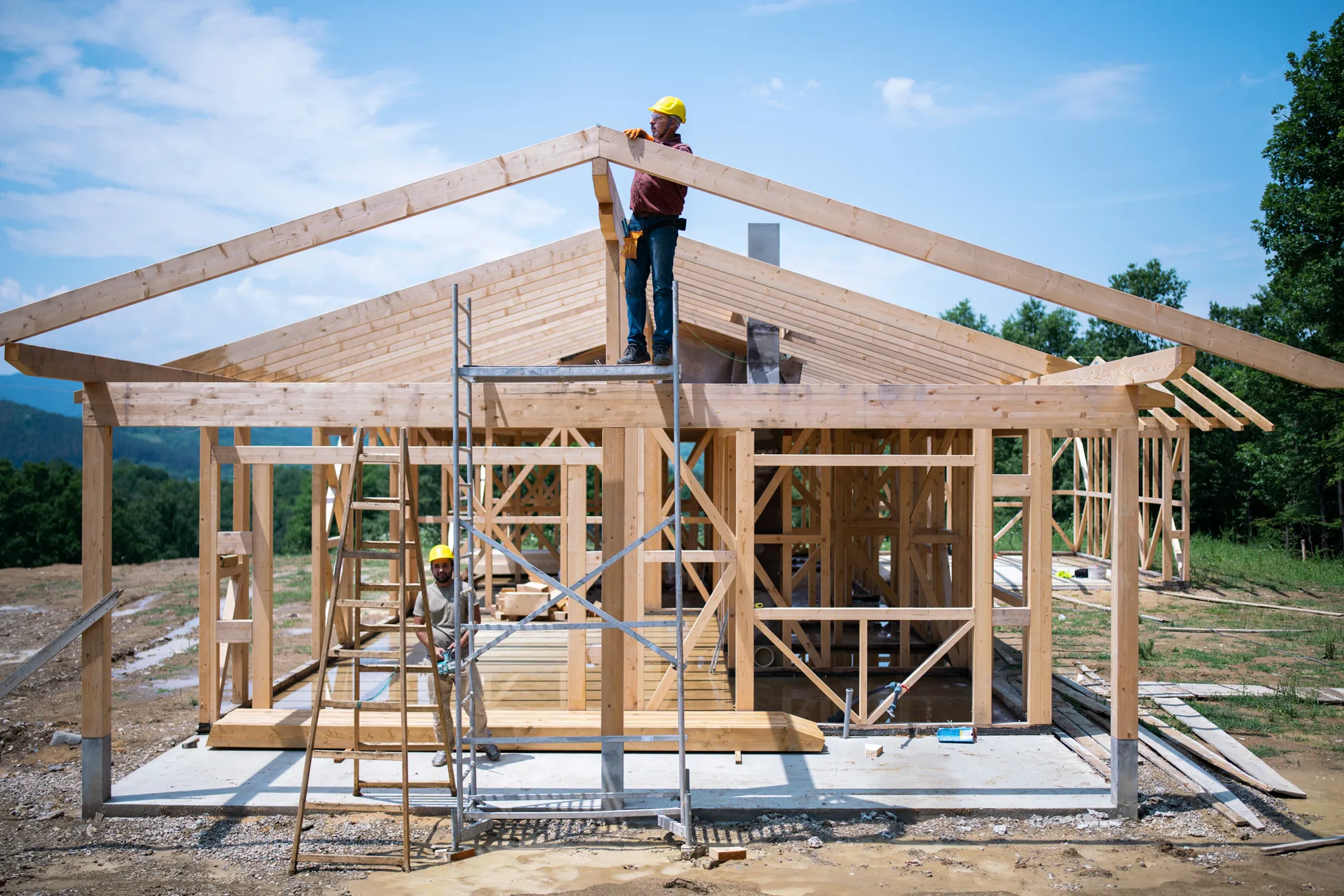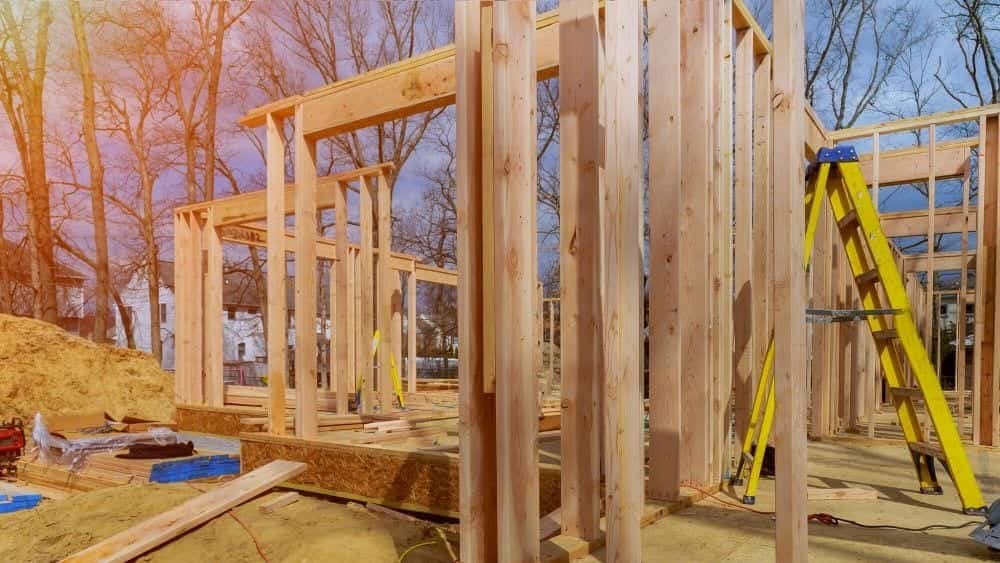Outstanding Craftsmanship from a Highly Skilled Carmel In Contractor
Just How a General Specialist Can Transform Your Typical Locations Into Functional Rooms
The improvement of usual areas into practical rooms is a nuanced procedure that requires a basic contractor's knowledge in examining specific area needs and creating tailored solutions. By taking into consideration factors such as format, availability, and visual charm, a contractor can develop environments that not only serve practical objectives however additionally foster community interaction.
Assessing Current Common Area Needs
When examining typical areas, it is necessary to identify and comprehend the details needs of the community they offer. This process begins with a thorough evaluation of present use patterns, which entails event data walking web traffic, optimal usage times, and activities taking area within these spaces. Engaging with neighborhood participants via meetings or surveys can give valuable insights right into their choices and difficulties.
Next, it is very important to take into consideration the group make-up of the community, including age, way of life, and any type of unique requirements that may influence exactly how these rooms are made use of. Families with young kids might call for play areas, while older grownups might prioritize ease of access functions.
Additionally, evaluating the existing infrastructure and amenities is important. Identifying areas that are underutilized or in demand of fixing can notify possible enhancements. Teaming up with stakeholders, such as residential property managers and regional organizations, makes sure that the evaluation shows a detailed understanding of the community's demands.
Eventually, a careful assessment of existing usual area requires lays the groundwork for effective changes, permitting the production of areas that cultivate interaction and boost the total high quality of life within the neighborhood.
Designing for Functionality and Looks
A comprehensive understanding of neighborhood requires establishes the phase for effective design that stabilizes performance and visual appeals alike locations. Successful layout calls for a thoughtful strategy that thinks about both the sensible usages of the space and the visual appeal that improves the setting.
Practical layout requires creating spaces that satisfy the specific activities and interactions of the community. This might include flexible seating arrangements for celebrations, easily accessible paths for people with movement obstacles, or assigned areas for entertainment tasks. Each component should serve a function while making sure convenience of activity and convenience for users.
The option of shades, products, and lighting can substantially affect the assumption of a space. In addition, straightening the layout with the neighborhood's social identification can cultivate a feeling of belonging and satisfaction.
Budgeting and Resource Allotment
Effective budgeting and resource allocation are important components in the effective makeover of usual locations. A distinct spending plan outlines the financial criteria within which the job need to run, guaranteeing that prices are regulated and resources are properly made use of. This starts with a thorough assessment of project demands, consisting of layout elements, products, and labor.

A basic specialist plays a critical role in this phase, working together with stakeholders to develop realistic budget estimates that straighten with the intended vision. By prioritizing crucial attributes and checking out affordable options, the service provider can enhance costs without endangering high quality.
Source allotment involves strategically assigning employees, tools, and products to different stages of the task (Bathroom Remodeling Indiana). This requires careful planning to avoid delays and make certain that each Related Site part is delivered on time. Additionally, regular tracking of expenditures against the budget plan helps to recognize prospective overruns early, enabling prompt adjustments
Managing Building And Construction Process Successfully
Managing the construction procedure effectively is crucial for accomplishing timely project completion and maintaining spending plan integrity. A well-coordinated technique entails thorough planning, clear interaction, and efficient resource monitoring. General service providers must establish a comprehensive project timeline that outlines each phase of construction, allowing for the identification of possible bottlenecks and critical turning points.
Normal progress conferences are important for maintaining all stakeholders notified and straightened. These conferences facilitate the prompt resolution of problems, guaranteeing that the job remains on track. In addition, using project monitoring software can enhance interaction, track development, and manage documents, decreasing the probability of misconceptions and hold-ups.
Effective resource appropriation is additionally extremely important. By guaranteeing that products, labor, and devices are readily available when needed, basic specialists can stop costly disturbances. Implementing a proactive strategy to take the chance of management more boosts efficiency, as it enables the identification and mitigation of prospective challenges before they escalate.

Making Certain Conformity and Quality Specifications
Conformity and quality requirements are basic to the success of any building project, making certain that the ended up spaces not only satisfy customer assumptions however likewise stick to regulatory demands. A general service provider plays an essential duty in implementing these standards throughout the building process.
First, it is necessary for the professional to remain updated on regional building regulations, safety policies, and industry best techniques. This understanding enables them to lead style choices and product selections that line up with compliance criteria. Routine evaluations and high quality evaluations throughout the building and construction stage help to recognize prospective problems early, mitigating expensive delays and rework.
Additionally, a trustworthy basic professional promotes a society of high quality among employees and subcontractors. This can be attained by providing why not try here training on compliance protocols and implementing rigorous quality assurance steps. By developing clear communication channels, the service provider can make certain that every person entailed understands their obligations regarding conformity and quality.
Conclusion
Finally, the function of a click here for more general contractor in changing typical areas right into practical areas is critical. With a comprehensive evaluation of neighborhood needs, thoughtful layout, thorough budgeting, and effective job administration, these experts can develop settings that enhance functionality and aesthetic appeal. Adherence to compliance and high quality criteria additionally makes certain that renewed rooms not only fulfill the expectations of stakeholders but likewise foster involvement and enhance the general experience for all users within the area.
The transformation of typical locations right into practical spaces is a nuanced procedure that requires a basic service provider's proficiency in examining certain area demands and designing customized solutions. By thinking about aspects such as layout, availability, and aesthetic appeal, a service provider can produce environments that not just offer sensible functions yet likewise foster community engagement. General specialists should develop a thorough task timeline that describes each stage of construction, enabling for the recognition of critical milestones and possible bottlenecks.
